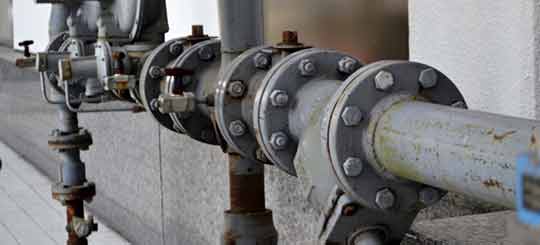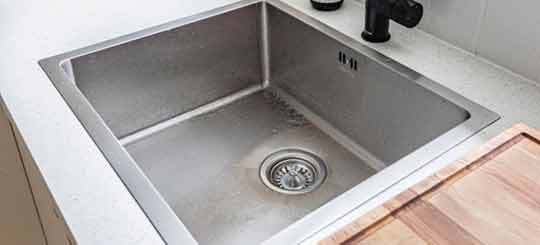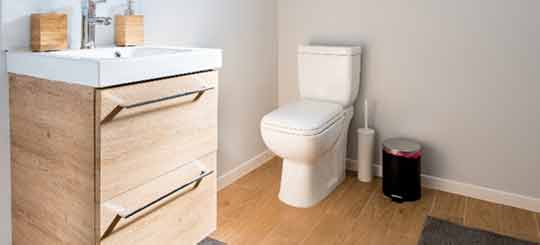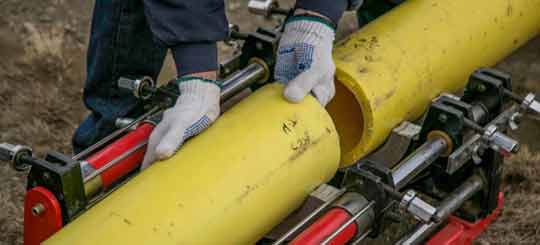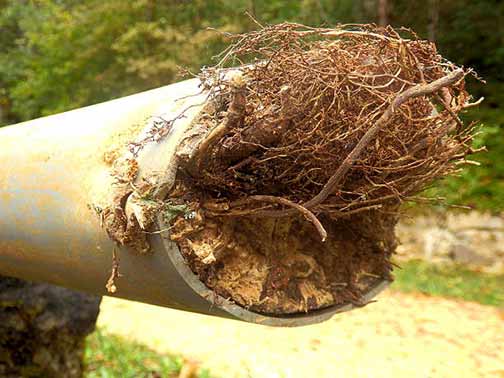
For homeowners, maintaining a smooth-running household involves ensuring that all plumbing systems are functioning correctly. One of the most critical components of a home’s plumbing system is the sewer line. Recognizing when a sewer line is clogged is crucial for preventing more severe plumbing issues. Below we aim to equip homeowners with essential knowledge on identifying sewer line clogs and understanding when professional intervention is necessary. By understanding the intricacies of sewer line clogs, homeowners can take proactive steps to protect their homes and ensure the longevity of their plumbing systems.
Identifying the Signs of a Sewer Line Clog: Early Detection for Prevention
Sewer line clogs can manifest in various ways, and being able to identify these signs early can save homeowners from costly repairs and potential health hazards. Common indicators include slow drains, unusual sounds, and unpleasant odors emanating from plumbing fixtures. Early detection is key to preventing further complications and ensuring the efficient operation of your home’s plumbing system.
Slow drains are often the first noticeable sign of a clog. If you find that water is draining slower than usual in sinks, bathtubs, or showers, it might indicate a blockage in the sewer line. This slowdown occurs because the water flow is hindered by the obstruction, causing it to back up and drain more slowly. Similarly, gurgling sounds coming from drains can suggest air trapped in the plumbing system due to a clog. These sounds occur when air is displaced by water trying to pass through a partially blocked pipe.
Additionally, foul odors near plumbing fixtures or outside the home can signal that waste is not being adequately transported away from the house. These odors are a result of waste buildup and can be a clear indication of a blockage in the sewer line.
Common Causes of Sewer Line Clogs: Understanding the Root of the Problem
Understanding the causes of sewer line clogs can help homeowners take preventive measures. These blockages can result from various factors, including the accumulation of debris, tree root intrusion, and aging pipes. By identifying the root causes, homeowners can implement strategies to prevent future clogs and maintain the integrity of their plumbing systems.
Debris accumulation is a frequent cause of clogs. Items that should not be flushed down toilets or poured down drains, such as grease, food particles, and non-flushable wipes, can build up over time and obstruct the sewer line. Grease, in particular, can solidify and create a sticky barrier that traps other debris, leading to a significant blockage. Tree roots pose another significant threat, especially in older homes where sewer lines may be made of clay or other materials susceptible to root penetration. As trees grow, their roots naturally seek out sources of water and nutrients, and sewer lines can provide an ideal environment.
Lastly, aging pipes can deteriorate, leading to cracks and blockages. Over time, pipes may corrode or become brittle, making them more susceptible to damage and blockages.
Preventive Measures to Avoid Sewer Line Clogs: Proactive Steps for Homeowners
Homeowners can take proactive steps to minimize the risk of sewer line clogs. Regular maintenance and mindful disposal of waste are key strategies in preventing blockages. By adopting these preventive measures, homeowners can reduce the likelihood of clogs and ensure the efficient operation of their plumbing systems.
Routine inspections by a professional plumber can help detect potential issues before they escalate. Professional plumbers have the expertise and tools to identify early signs of blockages and address them promptly. Additionally, homeowners should be cautious about what they flush or pour down drains. Using drain screens to catch hair and debris and avoiding pouring grease down the sink are simple yet effective measures. These practices can prevent the accumulation of debris and reduce the risk of blockages.
Furthermore, planting trees away from sewer lines can prevent root intrusion. By being mindful of the placement of trees and shrubs, homeowners can protect their sewer lines from root damage.

When to Seek Professional Help: Knowing When to Call the Experts
While some minor clogs can be resolved with DIY methods, there are situations where professional help is necessary. Persistent clogs, multiple affected drains, or visible sewage backup are clear signs that a plumber should be called. Recognizing when to seek professional assistance is crucial for preventing further damage and ensuring the efficient resolution of clogs.
Professional plumbers have specialized equipment such as sewer cameras and hydro jetting tools that can efficiently diagnose and resolve severe clogs. Sewer cameras allow plumbers to visually inspect the inside of pipes and identify the exact location and nature of the blockage. Hydro jetting tools use high-pressure water streams to clear stubborn blockages and clean the interior of pipes.
Attempting to fix complex blockages without professional assistance can lead to further damage and costly repairs. Homeowners should not hesitate to call a professional plumber when faced with severe or persistent clogs.
The Importance of Regular Sewer Line Maintenance: Ensuring Long-Term Plumbing Health
Regular maintenance of sewer lines is vital for ensuring the longevity and efficiency of a home’s plumbing system. Scheduled cleanings and inspections can prevent clogs and identify potential problems early. By prioritizing regular maintenance, homeowners can protect their plumbing systems and avoid costly repairs.
Homeowners should consider annual or bi-annual professional sewer camera inspections to keep their sewer lines in optimal condition. These inspections can catch minor issues before they develop into major problems, saving time and money in the long run. Professional plumbers can also perform routine cleanings to remove debris and buildup, ensuring the smooth operation of the sewer line.
By investing in regular maintenance, homeowners can extend the lifespan of their plumbing systems and prevent unexpected issues.
Understanding the Health Implications of Sewer Line Clogs: Protecting Your Family’s Well-Being
Beyond the inconvenience and potential damage to property, sewer line clogs can pose health risks to homeowners. Exposure to sewage can lead to illnesses and infections, making it crucial to address clogs promptly. Understanding the health implications of sewer line clogs is essential for protecting the well-being of your family.
Standing water and sewage backups can harbor bacteria, viruses, and other pathogens. These microorganisms can pose serious health risks if they come into contact with skin or are inhaled. Homeowners should be aware of these risks and take immediate action to resolve any clogs to protect their health and well-being. Promptly addressing clogs and ensuring the proper disposal of waste can minimize the risk of exposure to harmful pathogens.
Conclusion: Empowering Homeowners with Knowledge and Action
Recognizing the signs of a sewer line clog and understanding the importance of professional intervention is essential for homeowners. By staying informed and taking preventive measures, homeowners can ensure their plumbing systems remain efficient and avoid the costly repercussions of neglected clogs. Knowledge is power, and by equipping themselves with the right information, homeowners can take control of their plumbing systems and protect their homes.
With the right knowledge and proactive approach, homeowners can protect their homes and health from the adverse effects of sewer line clogs. Regular maintenance, mindful disposal practices, and timely professional assistance are key components in maintaining a healthy plumbing system. By prioritizing these strategies, homeowners can enjoy peace of mind and the efficient operation of their plumbing systems for years to come.
